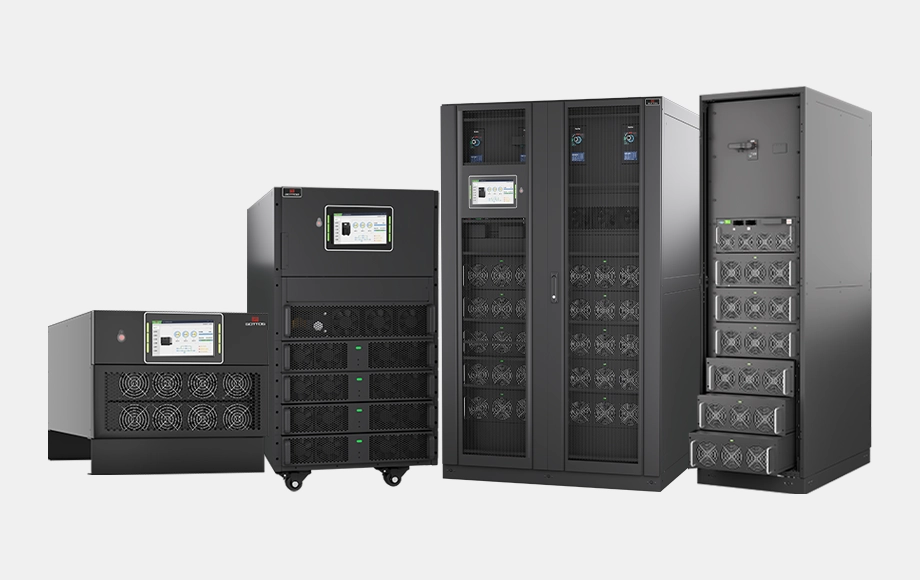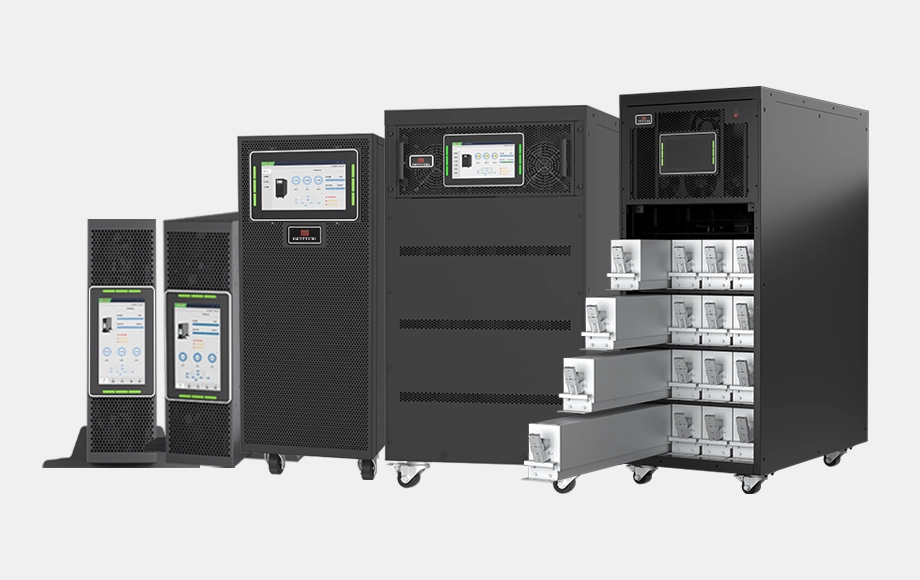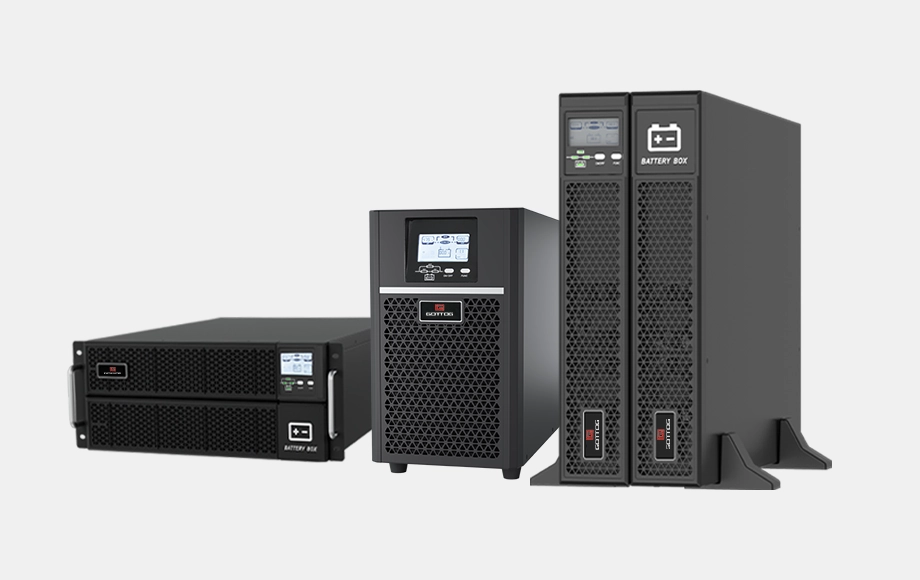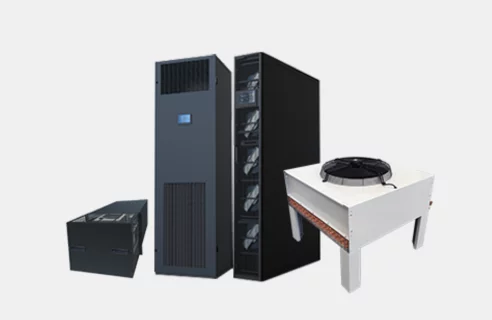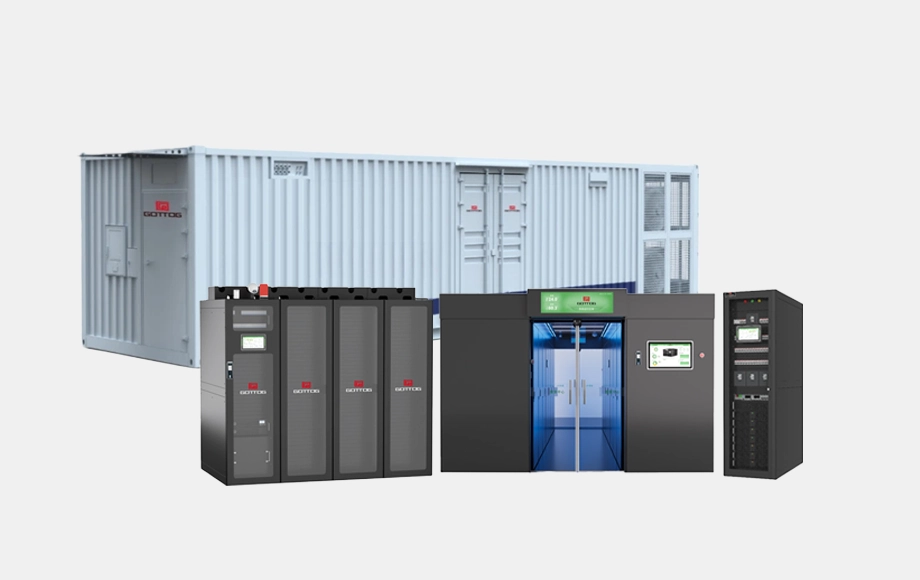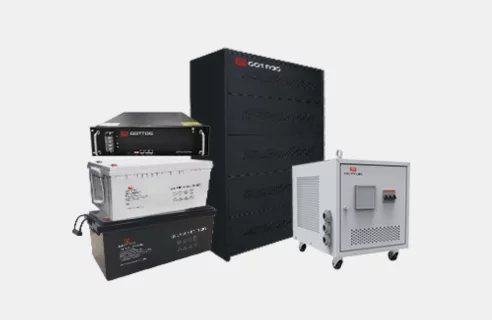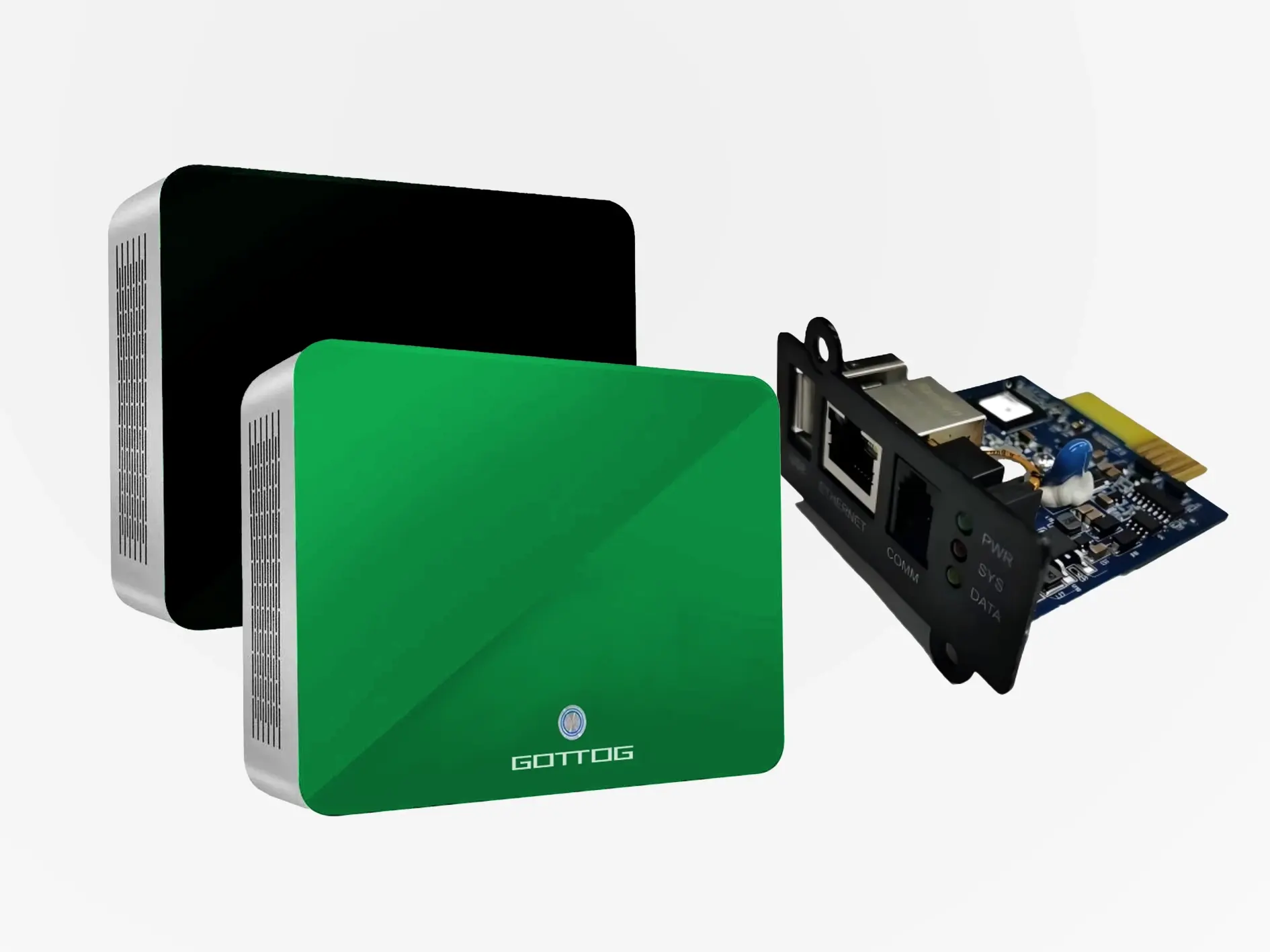As an innovative power supply solution, Modular UPS systems have been widely adopted in hospitals and other medical institutions due to their modular design, flexibility, and high scalability. Unlike traditional UPS systems, Modular UPS offers high customizability and redundancy, enabling uninterrupted power support while enabling rapid repair and replacement in the event of equipment failure. This article will focus on how to choose a Modular UPS system suitable for medical equipment.
Main Features and Functions of Modular UPS Systems:
Modular Design
The Modular UPS system consists of multiple independent modules, each capable of operating independently or in parallel. This design allows for flexible system expansion as needed. Users can gradually add or remove modules based on load demands, eliminating the need to replace the entire system as with traditional UPS systems due to changing needs.
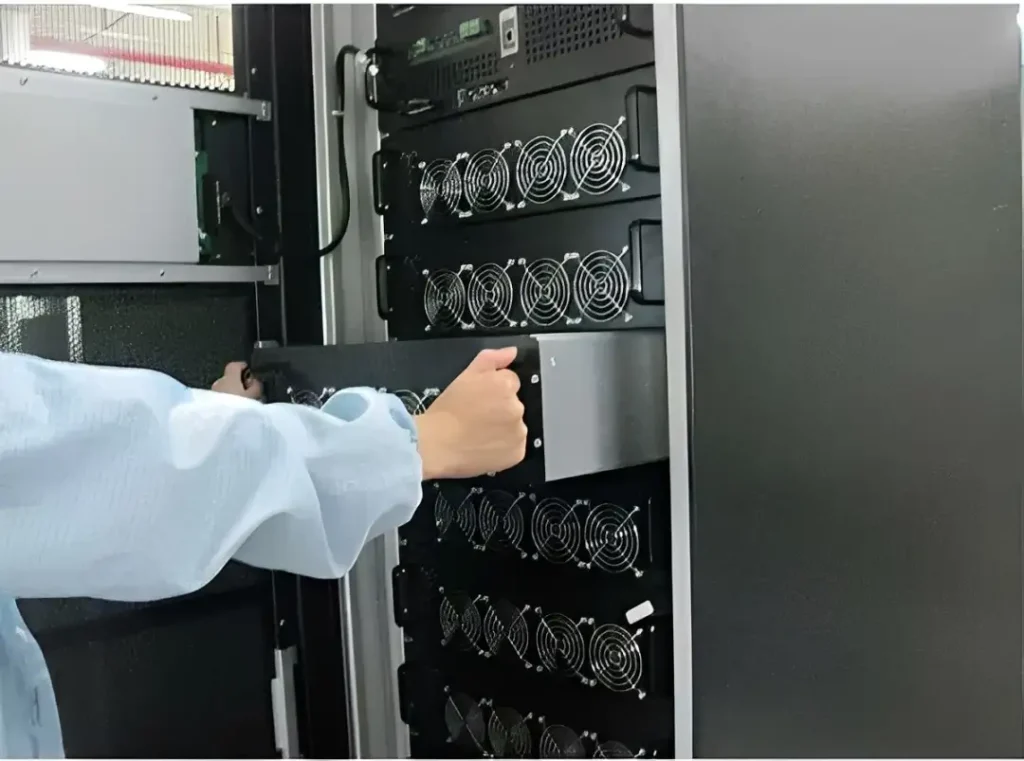
High Scalability
Due to its modular design, the Modular UPS system can gradually expand or reduce capacity based on actual power needs, supporting future expansion. This scalability makes the system more adaptable to the ever-changing power demands of businesses and healthcare institutions.
Redundancy
The multi-module design allows for redundant configurations, ensuring that even if a module fails, the remaining modules can still provide uninterrupted power. This redundancy significantly enhances system reliability, making it suitable for industries requiring extremely stable power, such as healthcare and data centers.
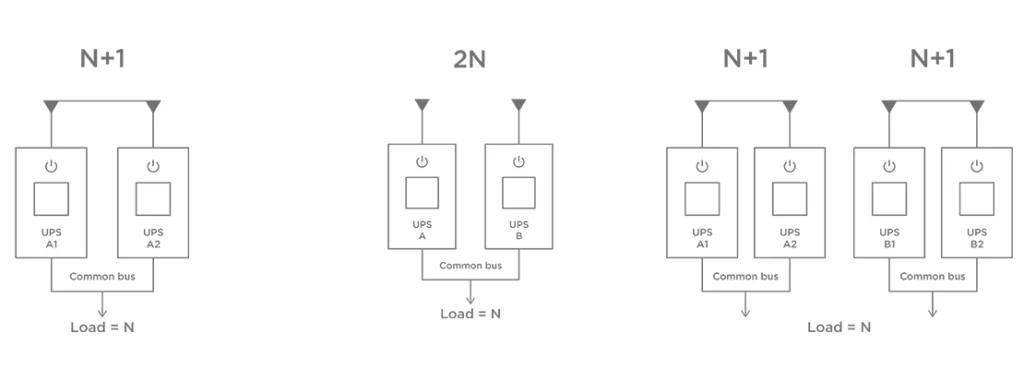
Flexible Maintainability
The Modular UPS system is hot-swappable, allowing individual modules to be easily replaced or maintained without interrupting power. This flexibility reduces maintenance time and the risk of downtime, significantly improving system availability and efficiency.
How to Select a Modular UPS System for Medical Equipment:
Evaluating Power Requirements
When selecting a modular UPS system, it’s important to first understand the power requirements of medical equipment, including load type, power requirements, and voltage standards. Power requirements vary significantly across different medical devices. Some equipment, such as life monitors and surgical lights, require a more stable and accurate power supply, while others, such as ward lighting and basic equipment, have relatively low power requirements. Therefore, accurately assessing the power requirements of medical equipment is the first step in selecting a UPS system to ensure it can provide adequate power.
Compatibility and Scalability
Given the diverse range of medical equipment, when selecting a UPS system, it’s important to ensure compatibility with existing equipment. Future expansion needs should also be considered, ensuring scalability to accommodate increases in equipment or changes in power requirements.
System Management and Monitoring
Medical institutions have high requirements for equipment operational monitoring, making modular online UPS systems with remote monitoring capabilities particularly important. By monitoring system status in real time, hospitals can proactively identify potential failures or power outages, enabling timely maintenance and adjustments to maximize equipment efficiency and safety.
Equipment Safety and Certification
The power supply for medical equipment must not only be stable but also comply with relevant power safety standards. When choosing a modular UPS system, ensure it has passed international certifications such as ISO and CE to ensure compliance with standards for electrical safety and EMC (electromagnetic compatibility) to avoid threats to medical equipment and patient safety.
Selecting a suitable modular UPS system for medical equipment requires comprehensive consideration of factors such as equipment power requirements, redundancy, scalability, and monitoring capabilities. Ensure the system provides continuous and stable power during critical moments to ensure the safe operation of medical equipment. GOTTOGPOWER has been dedicated to this industry for many years and will continue to provide reliable power to the medical industry, ensuring efficient equipment operation.

